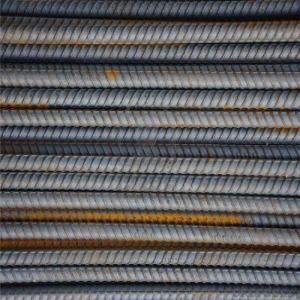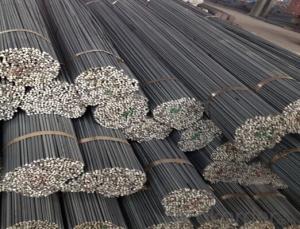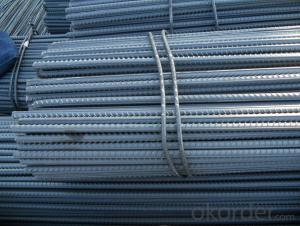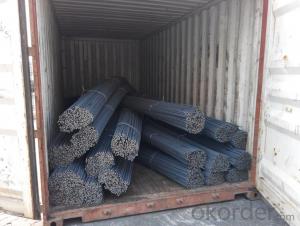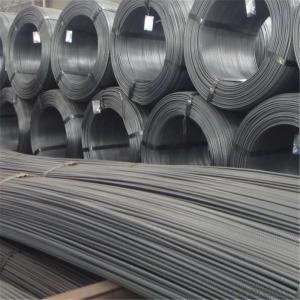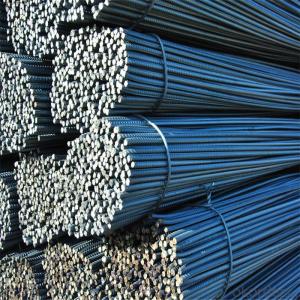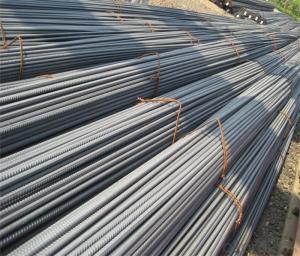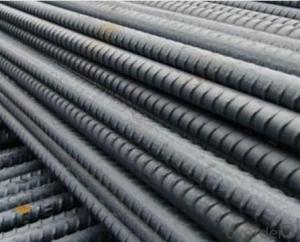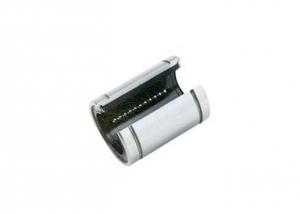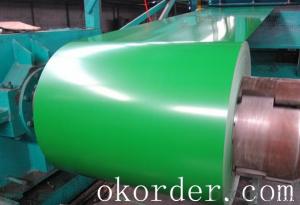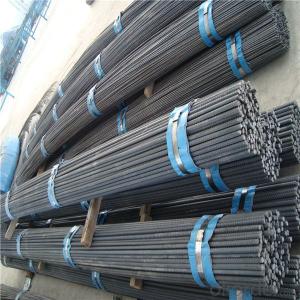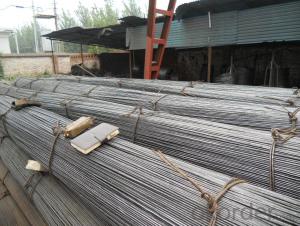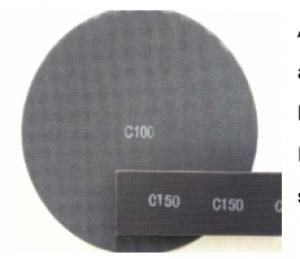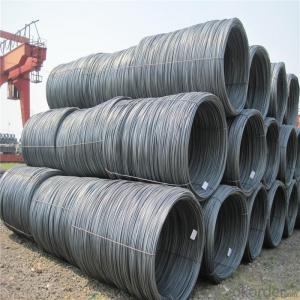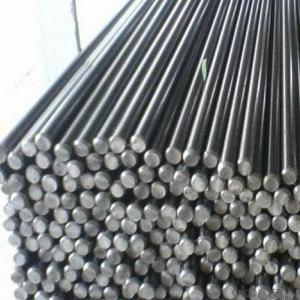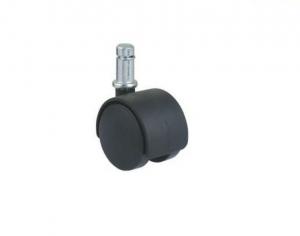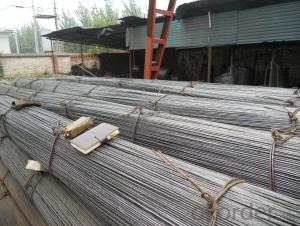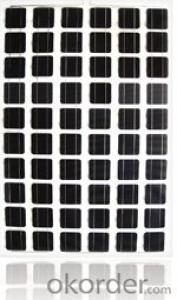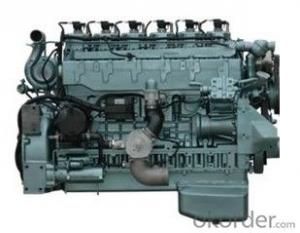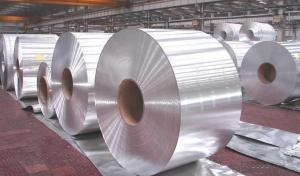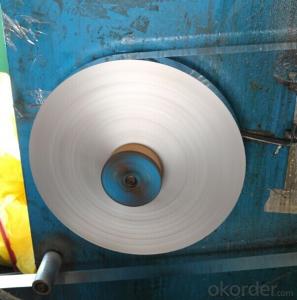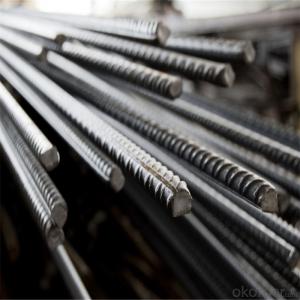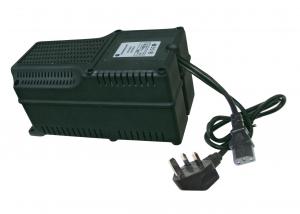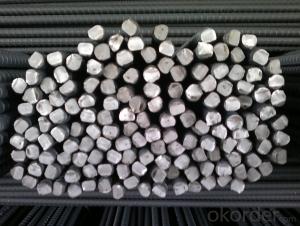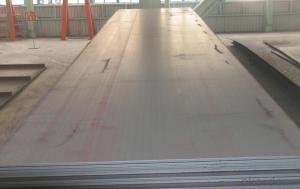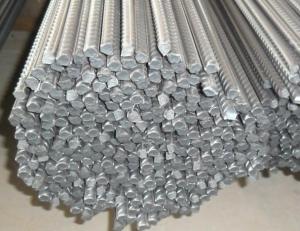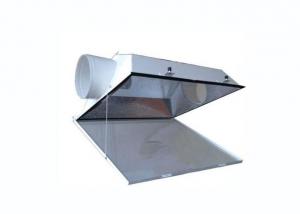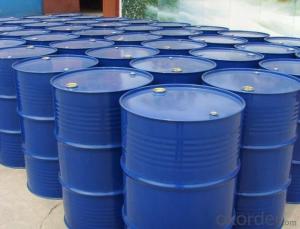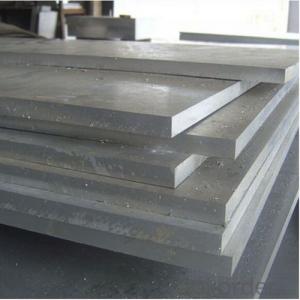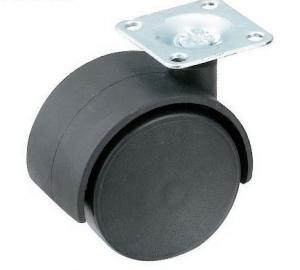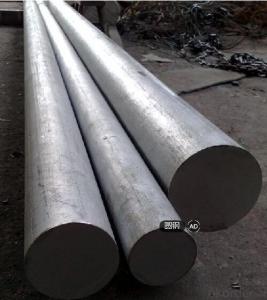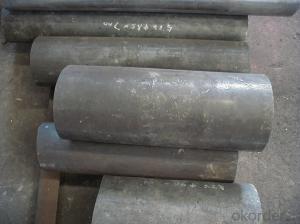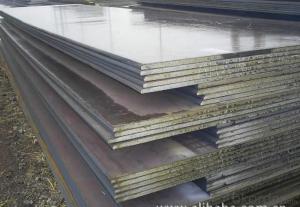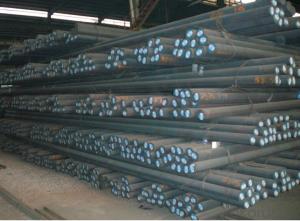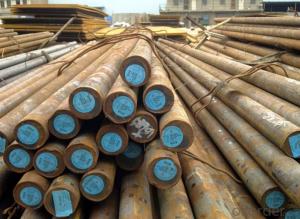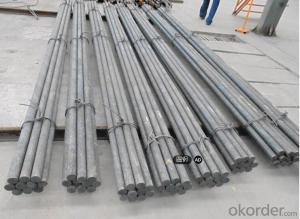Astm A615 Grade 60 Rebar
Astm A615 Grade 60 Rebar Related Searches
Astm A536 Grade 65 45 12 Grade 80 Rebar Rebar 10Mm T10 Rebar 30M Rebar Y16 Rebar Rebar Lengths Standard Rebar Identification 18J Rebar Rebar Stirrups Ss Rebar Rebar Tensile Strength Astm C1072 Rebar Coil Astm C494 Billet Steel Rebar A2 70 Stainless Steel Blue Steel Rebar Frp Rebar Billet Rebar Gfrp RebarAstm A615 Grade 60 Rebar Supplier & Manufacturer from China
Astm A615 Grade 60 Rebar is a type of reinforcing bar made from carbon steel, which is widely used in construction projects for concrete reinforcement. This specific grade of rebar is characterized by its high tensile strength and excellent ductility, making it a popular choice for various applications in the construction industry. Grade 60 rebar is known for its ability to withstand significant stress, which is crucial for maintaining the structural integrity of buildings and other infrastructures. It is commonly utilized in the reinforcement of concrete structures such as bridges, highways, and high-rise buildings.The application and usage scenarios of Astm A615 Grade 60 Rebar are vast, as it is a critical component in the construction of both residential and commercial buildings. It is used in the creation of concrete slabs, columns, and beams, providing the necessary reinforcement to ensure the structure's stability and longevity. In addition to its use in new construction, Grade 60 rebar is also employed in the repair and strengthening of existing structures, making it a versatile and essential material in the field of construction.
Okorder.com is a leading wholesale supplier of Astm A615 Grade 60 Rebar, boasting a large inventory that caters to the needs of various construction projects. As a reliable source for this high-quality rebar, Okorder.com ensures that customers have access to the materials they require for their projects, delivered in a timely and efficient manner. With a commitment to providing top-notch products and services, Okorder.com has established itself as a trusted supplier in the construction industry, offering Astm A615 Grade 60 Rebar at competitive prices and with exceptional customer support.
Hot Products
